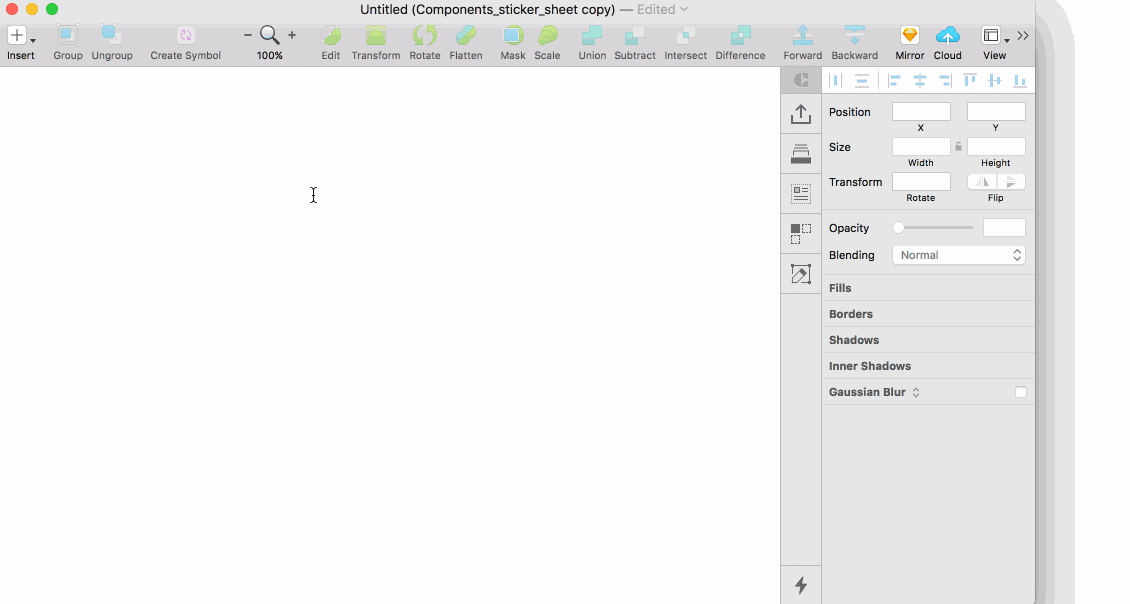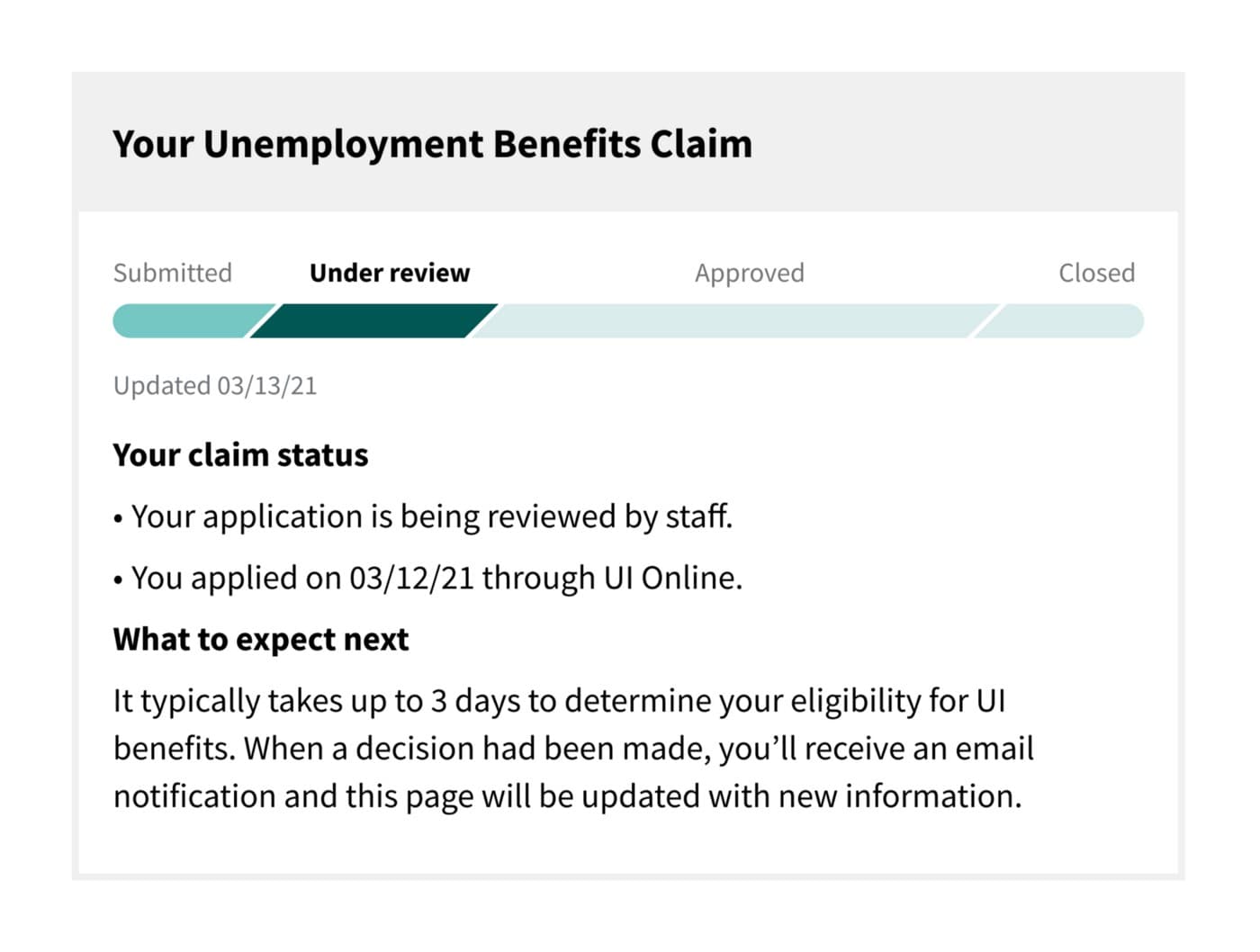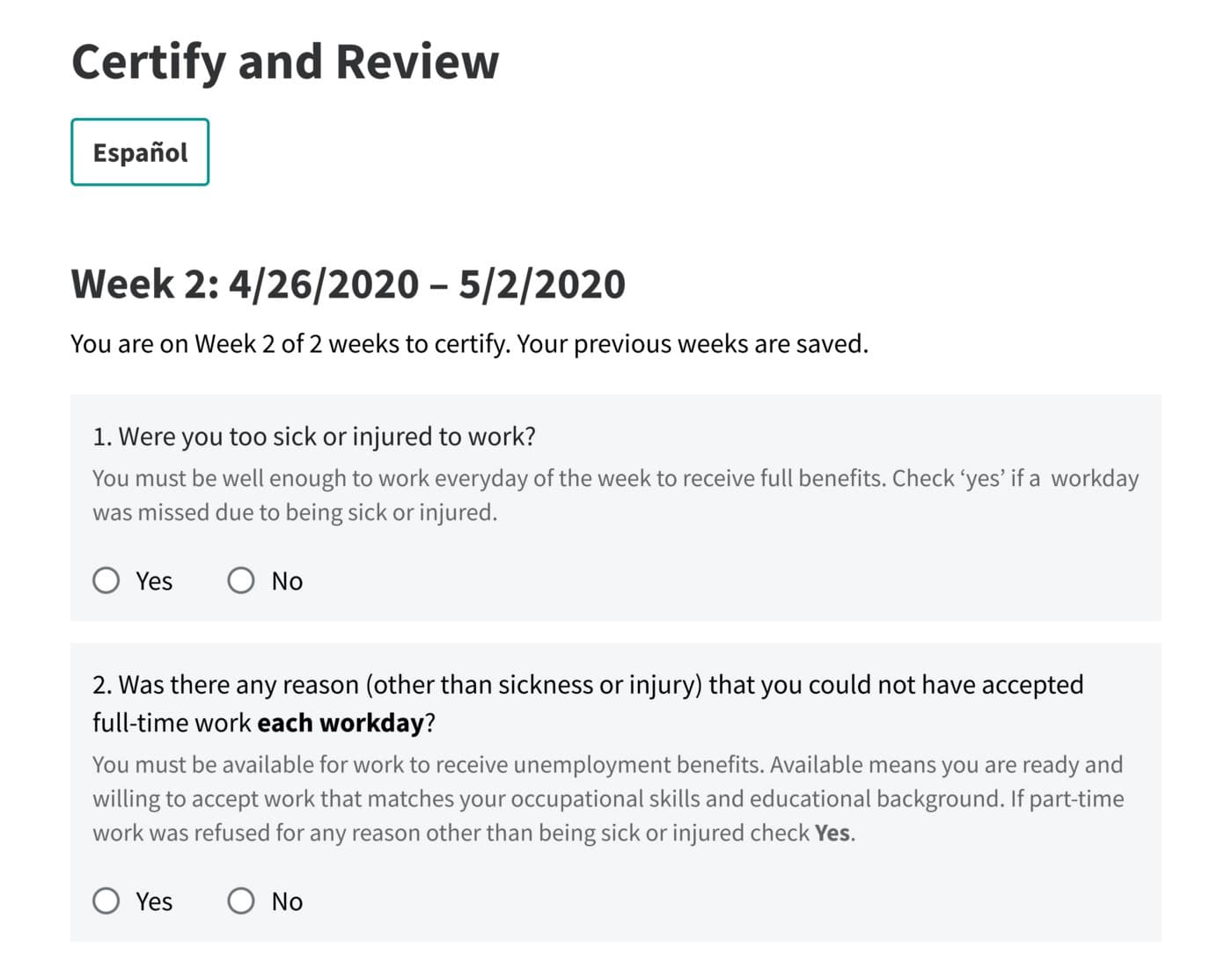We’ve seen over and over again how the failure of critical public services causes real harm, both physical and financial. The stories are too many to count, from Florida’s $77 million broken unemployment website to people in Georgia waiting 120 days to get their unemployment checks. It’s estimated that at the start of the pandemic, as many as 12 million people did not apply for unemployment because of the difficult application process. When we invest poorly in the delivery of government services, underserved communities end up paying the biggest cost. During the pandemic, Black workers are more likely to be unemployed but less likely to get unemployment benefits.
After witnessing the effects of sporadic and ad hoc legislation that left states scrambling to implement new assistance measures, we were excited to see Senator Ron Wyden’s new bill to upgrade the technical underpinnings of the country’s unemployment systems. This type of crisis response, if successful, could help millions and lay the foundations for a more resilient safety net in the future.
Nava Public Benefit Corporation got its start during a crisis with the HealthCare.gov rescue. We’ve since worked with some of the largest federal agencies and state benefit programs, from legacy modernization efforts to rolling out new digital services driven by legislation. And we agree with the Senator: Building modular, open-source, human-centered software is exactly how we should be creating equitable government services fit for the digital age.
Unfortunately, current unemployment websites are built by vendors who’ve charged states hundreds of millions of dollars and left places like Florida and Pennsylvania with brittle and broken systems. The status quo isn’t working. Government agencies, not vendors, should own their systems, and we’re excited to see the bill include creating a Department of Labor Digital Services Team — leveraging this in-house talent is critical to successful delivery. While big name vendors have largely failed, civil servants within federal agencies and groups like the United States Digital Service and 18F have spent years defining a better approach.
Senators Ron Wyden, Sherrod Brown, Catherine Cortez Masto, and Mark Warner, as you partner with states, we have one piece of advice: Start small.
As you’re assembling the four-state pilot team, we encourage you to build together with states from the start. Learn from real users as soon as possible, and seek feedback from underserved communities. Collaborate to build modular, well-crafted software and make use of scalable cloud infrastructure. Bake in principles you refer to, like open source, accessibility, and reusability from the start. Get components running in production and scale adoption and functionality out as you learn. The US Web Design System, built by USDS and 18F, is a great example of this practice. The design system was developed with real requirements and real implementation needs. The system was improved over time, had a clear path to adoption, and has since been used by state and federal agencies.

Quickly prototyping using design.cms.gov, based off of the USWDS.
Every state has some sort of unemployment system running right now. Even if they aren’t working well, states have very real operational pressures and backlogs that they must manage today. Instead of trying to build a perfect, comprehensive solution for 50+ customers and hundreds of user archetypes, what can we learn from a smaller group of states quickly that can inform a clear path to adoption for other states? Starting small makes it easier to understand and address user needs through working software, discover and mitigate risks incrementally, and get smarter about what works well in practice and how to smooth states’ path to adoption.
Solve big problems incrementally
Nava’s approach to addressing large-scale digital service challenges like unemployment insurance is to build and release small, modular software components that are loosely coupled by well-defined APIs. This enables agencies to quickly and consistently deliver services that help people now, while also building a flexible foundation that supports long-term technical evolution.
We’re heartened to see the bill’s focus on a modular, open systems approach, and fully support it. Based on Nava’s experience building modular components that have been used across systems in multiple states, here are some of the most important components that we envision for a modular UI system.
Identity and access management
Providing users with the ability to create accounts and log in is the front door of any UI system. As the first step for a UI applicant, it’s important to get it right, but historically it has been a point of friction. For example, some state systems currently require that users call customer support to reset their passwords. Nava has built highly reliable identity management systems as well as implemented third-party identity tools for state partners; regardless of the implementation, providing an easy user experience while ensuring high standards of security are the two goals we optimize for. Through the Integrated Benefits Initiative with the Center on Budget and Policy Priorities and Code for America, we prioritized the account sign-in experience for online SNAP and Medicaid systems, ensuring passwords don’t create insurmountable barriers.
Claim filing and eligibility determination
Complex digital forms are often hard to navigate and may deter eligible people. But digital service teams around the world have pushed the field forward, from the USWDS’s form templates to Gov.UK’s Service Manual to Code for America’s research on plain language improvements. Getting working prototypes in front of real people will be critical — and prioritizing accessibility and user research with underserved populations will help make the whole experience clearer and easier to use for all. We’ve published our lessons from years of work to simplify the HealthCare.gov application process and handling complex eligibility requirements.
Simple documentation verification
Documentation requirements are an administrative burden and need to be simpler to accommodate a wide range of workers. Many state applications haven’t benefited from adequate investment to keep them flexible and responsive to changing labor markets. In our research with state unemployment systems, we’ve found that the way states ask for documentation for wages is confusing and inconsistent, and is a major source of errors and delays in people getting paid. There are a range of strategies to make this easier, such as using plain language and improving how states integrate with other systems to verify this data on the backend, rather than requiring people to navigate it themselves. But if it remains required, make it easy. The document uploader we built for Vermont is a modular component that has reduced time to enroll significantly because it allows people to quickly submit photographs of documents and integrates with their agency of human services.
Fraud protection
Protecting against fraud is a high priority for UI programs; unfortunately, as alluded to in the bill, many strategies are ineffective at detecting and preventing high-volume fraud, while inaccurately flagging legitimate claims, slowing down critical benefits for regular people, and creating unnecessary work for caseworkers. For example, California’s Employment Development Department Strike Force Team found a disproportionate number of claims were being checked for fraud when they were simple matters involving the length of a name or addition of a middle initial. Automated identity verification services should be used to reduce the number of applicants needing manual review; however, thoughtful service design is still needed to ensure a dignified and smooth experience for applicants who go through the manual process, particularly as automated identity detection flags may disproportionately affect people of color, as Senator Wyden said. Effective, realistic fraud prevention strategies can prevent criminal activity while protecting the timely delivery of benefits to real people.
Transparent claims status
People applying for unemployment benefits are in a high-stress, high-anxiety situation. However, many current systems haven’t proven flexible in accommodating new types of claims and helping people to understand what’s happening with their claim and when they are likely to get paid. When the need is most urgent, call centers are overwhelmed and unable to respond. In a recent discovery sprint on UI claim status, Nava’s user research concluded that communicating with claimants every step of the way would decrease anxiety and reduce load on call center staff.

People applying for unemployment benefits are in a high-stress, high-anxiety situation. Communicate about their status early and often.
Ongoing certification
To receive benefits, claimants are required to verify their eligibility at least every two weeks by answering a set of questions. A tool that makes this process as easy as possible is critical to minimizing the administrative burden on recipients and keeping people enrolled in benefits. A few strategies we recommend based on our experience are: 1) send reminders about certification using plain language so that users aren’t confused by the questions, 2) enable users to save their responses so they can return to complete the process later, and 3) make the service mobile-responsive so users can answer the questions from anywhere.

Build a certification process that that minimizes the administrative burden and keeps eligible people enrolled in benefits.
Database options
To make it easy for states to adopt the federal system, only meaningful changes to existing systems should be required. One of the trickiest parts of building any new software system can be migrating vast amounts of existing data. For HealthCare.gov, Nava successfully migrated millions of user accounts from one live production system to another without downtime, but with significant added complexity. If a state’s existing database meets performance and reliability benchmarks, supporting integration with that database instead of requiring a migration would save time and money. In other cases like HealthCare.gov where the existing database doesn’t work, the ability to migrate to a federal storage option could be critical for a seamless end-to-end user experience. The worst user experience is an error page, because the database software can’t handle the load, right when the most number of people need to use it.
Technology isn’t the hardest part
If and when a modular system that states can customize is built, it’s imperative that there is an incremental adoption path so states can move towards a human-centered system that is designed for long-term flexibility and reliability. A “build it and they will come” approach will not work. Key to this strategy is recruiting and retaining people at all levels of government who have experience in design, research, modern software development, product management, and policy implementation. Empower those people to make decisions about how they build, maintain, and operate their systems.
State digital services teams like Massachusetts Digital Service, Colorado Digital Service, the State of New Jersey’s Office of Innovation, California’s Office of Digital Innovation, and more are already paving the way.
As policy designer Dana Chisnell said, “Technology is not the only problem, or even the biggest problem. How technology is procured, designed, and maintained are all huge factors. So much more than that is the culture and support for delivering services to people who are eligible. If people who work for state agencies don’t have incentives for looking across the experience of claimants, it doesn’t matter how nice-looking your website is.”
We are in a historic moment and lives are at stake. Investing in the machinery of government’s digital service delivery and the people who build those systems is a choice. We’re excited for this new bill, and believe that meeting this moment will mean not just solving for the technology challenges of how our country’s UI systems are structured, built, and delivered today, but also laying the foundations for a more resilient and equitable future for generations to come.
Special thanks to Dana Chisnell and Hana Schank for their invaluable feedback on this post.
Written by

CEO, Co-founder
